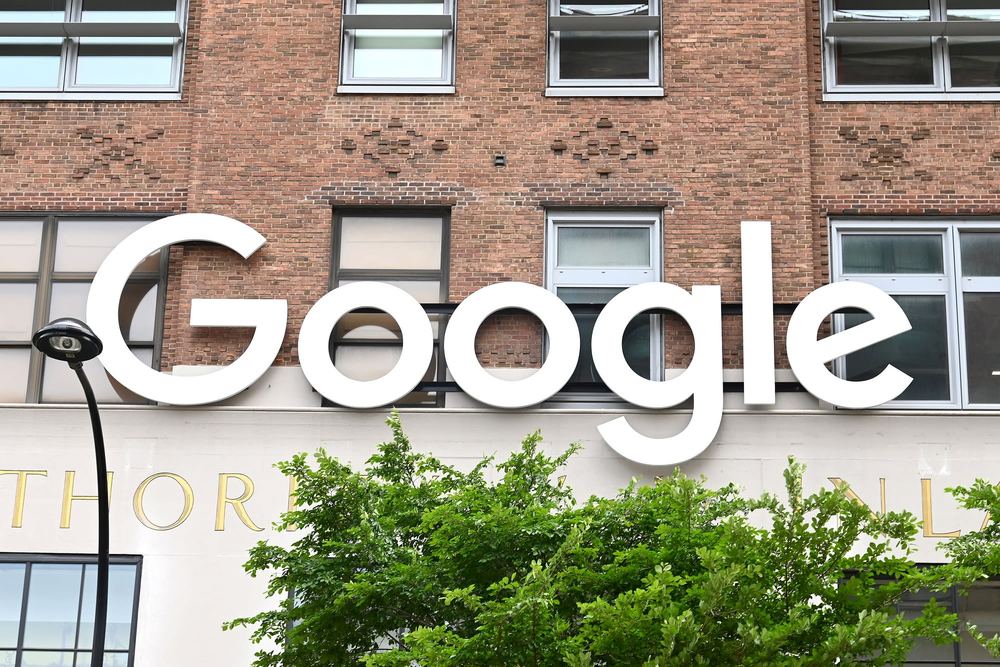Risk management education, risk courses, risk best practices, resources, events, premier risk forum, peer networking for risk professionals.


What if Amazon moved its shipping centers downtown? Where drones fly into the buildings to pick up deliveries.
This drone beehive is one of the ideas and patents that could be part of Amazon’s city of the future.
From Amazon Go, the shop with no lines, and instant shipping and delivery, to hotels being serviced by Alexa, Amazon Echo, and Amazon Air. This mini documentary takes a look at how Amazon and Jeff Bezos are designing, and investing, into technology and new services that will bring a futuristic city to life.
Select Amazon Go footage used under Creative Commons
Life with Neil — https://youtu.be/p_uxFcza69I

Posthuman Buddhism isn’t restricted to human-era schools or traditions, These (previously unpublished) tsakli are from all Vajrapani schools. Unlike Eastern cultures, in the West we do not require a “Guru” and tsakli can be used for “self-initiation”. Unlike religions that make truth claims for supernatural beings or impossible events, Buddhism sees any deities (peaceful or wrathful) as self-originating. The future surely lies with psychomorphological approaches that are amenable to — and not contradictory — to science.
This new book, 4 in the series, contains fourteen rare and unusual C17th or C18th “Grande Tsaklis”, another four late C18th examples reportedly originating from Tsurphu monastry, plus two extremely large tsakli (giants in tsakli terms) one depicting a wind horse whilst the other shows a figure in historically early clothes with butterlamp, male and female deer and an elephant, C16th to C18th. All fronts and reverse (texts) of tsakli are shown.
These 13 plus (1 from different series of the grandes tsakli) detail rituals to be performed at certain times of the year that promote longevity and ward off evil influences. Astrological and various motifs and ritual implements are shown in the compartments, and crucial text is in the triangles. Some have damage (below missing top part of red border). All 20 are rare.
The four Tsurphu monastery originating long or grand tsakli are also compartmentalized but of a different style, and are perhaps 100 years younger, late C18th, imo. They have intricate feathered text patterns on reverse (see below). These text (eagle) wings of the Garuda bird-headed deity reflect paintings of Garudu whhich feature in top sections of all fronts. These four grand tsakli are quite dark in normal light (one with slight burn mark on reverse) and so I have digitally enhanced the brightness (mostly I don’t much digitally enhance the tsakli images).
Want to learn how we age and whether we can slow or even reverse aging? David Sinclair, PhD, professor of genetics at Harvard Medical School, says in his book “Lifespan” that aging is a disease, and that disease is treatable. Tune in to Homeroom with Sal on Tuesday at noon PT to get your questions answered by a leading expert on aging and age-associated diseases.
For more information visit: keeplearning.khanacademy.org
Khan Academy is a nonprofit with a mission to provide a free, world-class education for anyone, anywhere. If you’d like to contribute, please visit:
https://www.khanacademy.org/donate?utm_source=youtube&utm_me…oolclosers

The certificates do not require a college degree, can be completed in 3 to 6 months and are offered through an online learning platform.
Today, Google announced three new online certificate programs in data analytics, project management and user experience design.
The certificates are created and taught by Google employees, do not require a college degree, can be completed in three to six months and are offered through the online learning platform Coursera. Google says it will consider all of its certificates as the equivalent of a four-year college degree for related roles at the company.
“This is not revenue-generating for Google,” says Google vice president, Lisa Gevelber, who leads Grow with Google and Google for Startups and serves as the company’s Americas chief marketing officer. “There’s a small cost from the Coursera platform itself — the current pricing is $49 a month — but we want to ensure that anyone who wants to have this opportunity, can have it.”
Let’s go behind the scenes. 🎬
Starting on July 15, a new video miniseries explores the intricate world of Hubble Space Telescope operations. What does it take to keep such a complex machine working for more than 30 years? In three episodes, “Hubble – Eye in the Sky” takes a never-before-seen look at how this groundbreaking space telescope operates.
#NASA #Hubble #EyeintheSky #video #documentary #new #astronomy #space #science #trailer
You can find our beautiful education posters in our shop: https://shop.kurzgesagt.org
This video was made possible by a grant from the Templeton World Charity Foundation.
Sources & further reading:
https://sites.google.com/view/sourcesintelligence
Humans are proud of a lot of things, from particle accelerators, to poetry to pokemon. All of them made possible because of something humans value extremely highly: intelligence.
OUR CHANNELS
▀▀▀▀▀▀▀▀▀▀▀▀▀▀▀▀▀▀▀▀▀▀▀▀▀▀
German Channel: https://kgs.link/youtubeDE
Spanish Channel: https://kgs.link/youtubeES
HOW CAN YOU SUPPORT US?

The Marine Corps has seen hundreds of new recruits at boot camp test positive for the illness caused by the novel coronavirus, but their symptoms have been so mild that it hasn’t disrupted training, a two-star general said this week.
Fewer than 2% of the Marine recruits who’ve reported to boot camp since the start of the pandemic have tested positive for COVID-19, Maj. Gen. Bill Mullen, head of Training and Education Command, said Tuesday.
Read Next: Here’s How the Navy’s New PRT Plank Event Will Be Scored.


Last week the President Council of Advisors on Science and Technology (PCAST) met (webinar) to review policy recommendations around three sub-committee reports: 1) Industries of the Future (IotF), chaired be Dario Gil (director of research, IBM); 2) Meeting STEM Education and Workforce Needs, chaired by Catherine Bessant (CTO, Bank of America), and 3) New Models of Engagement for Federal/National Laboratories in the Multi-Sector R&D Enterprise, chaired by Dr. A.N. Sreeram (SVP, CTO, Dow Corp.)
Yesterday, the full report (Recommendations For Strengthening American Leadership In Industries Of The Future) was issued and it is fascinating and wide-ranging. To give you a sense of the scope, here are three highlights taken from the executive summary of the full report: